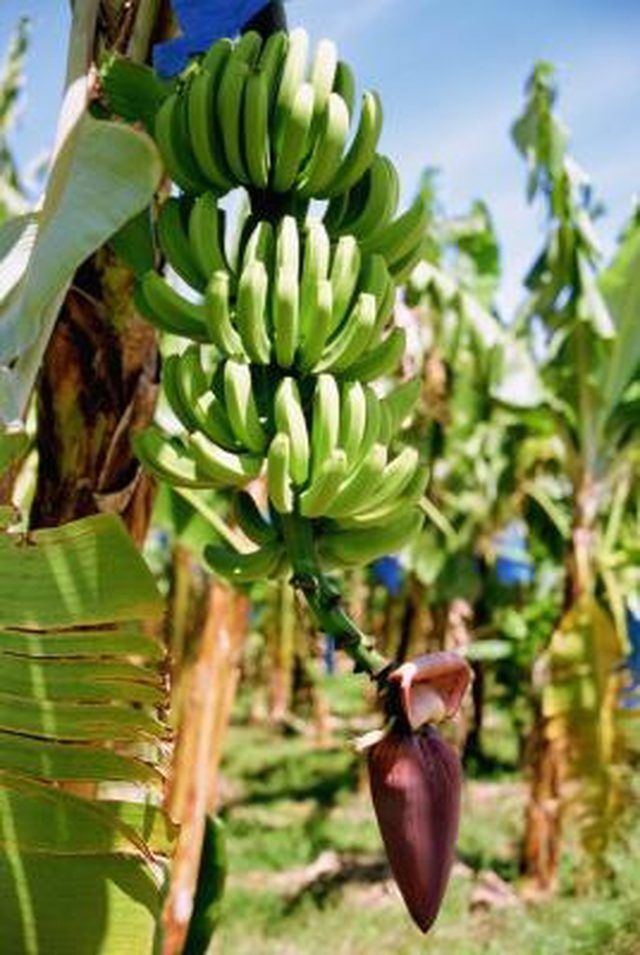Bulbs
Flower Basics
Flower Beds & Specialty Gardens
Flower Garden
Garden Furniture
Garden Gnomes
Garden Seeds
Garden Sheds
Garden Statues
Garden Tools & Supplies
Gardening Basics
Green & Organic
Groundcovers & Vines
Growing Annuals
Growing Basil
Growing Beans
Growing Berries
Growing Blueberries
Growing Cactus
Growing Corn
Growing Cotton
Growing Edibles
Growing Flowers
Growing Garlic
Growing Grapes
Growing Grass
Growing Herbs
Growing Jasmine
Growing Mint
Growing Mushrooms
Orchids
Growing Peanuts
Growing Perennials
Growing Plants
Growing Rosemary
Growing Roses
Growing Strawberries
Growing Sunflowers
Growing Thyme
Growing Tomatoes
Growing Tulips
Growing Vegetables
Herb Basics
Herb Garden
Indoor Growing
Landscaping Basics
Landscaping Patios
Landscaping Plants
Landscaping Shrubs
Landscaping Trees
Landscaping Walks & Pathways
Lawn Basics
Lawn Maintenance
Lawn Mowers
Lawn Ornaments
Lawn Planting
Lawn Tools
Outdoor Growing
Overall Landscape Planning
Pests, Weeds & Problems
Plant Basics
Rock Garden
Rose Garden
Shrubs
Soil
Specialty Gardens
Trees
Vegetable Garden
Yard Maintenance
Structure of the Banana Plant
Structure of the Banana Plant. Banana plants are perennials that thrive in tropical and subtropical climates. The plants resemble trees, but they are actually herbs. They originated in Southeast Asia and include two species of plants.

Banana plants are perennials that thrive in tropical and subtropical climates. The plants resemble trees, but they are actually herbs. They originated in Southeast Asia and include two species of plants.
Pseudostems
Banana plants look like trees because of their trunk-like structures called pseudostems. The structures are tightly packed spiraled layers of leaves.
Leaves
The actual leaf is made up of sheaths, leaf blades and leaf stalks. The leaf blades are called lamina and the stalks are called stout petioles. Banana plant leaves are very strong. The sturdiness of the leaves allows the pseudostem to support the weight of the plant
Rhizome
A rhizome is an underground stem with parts that branch off above ground called meristems. The bottom of the pseudostem and stalks begin at the meristems. The plant's roots also begin at the rhizome and extend down into the ground and horizontally.
Fruit and Flowers
Bananas, the edible fruit of the tree, start growing horizontally. As the fruit matures and gets heavier, it starts to hang vertically. Banana plant flowers form in clusters. They are actually green bananas that open up at the top into a flower with purple-red petals.